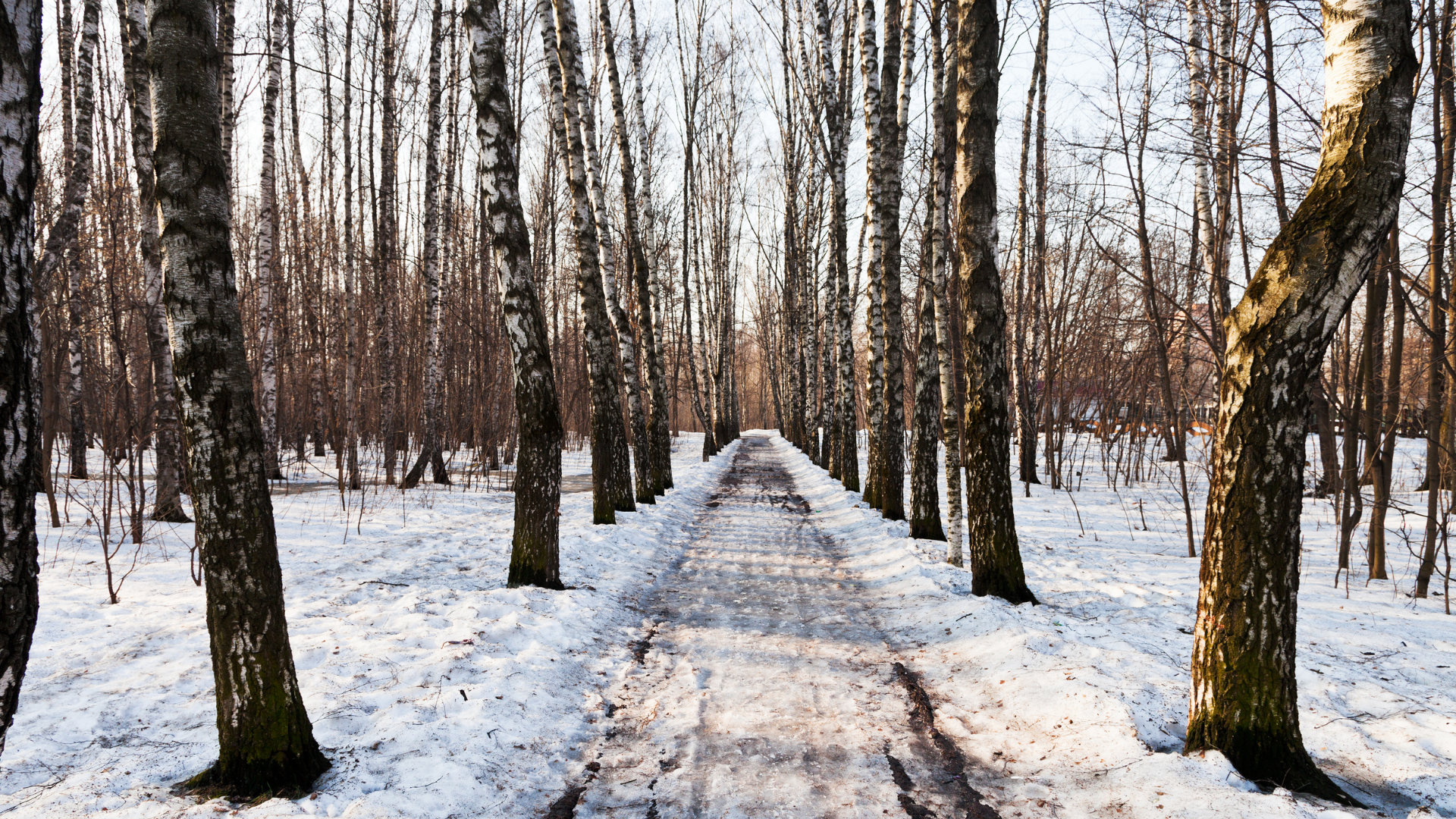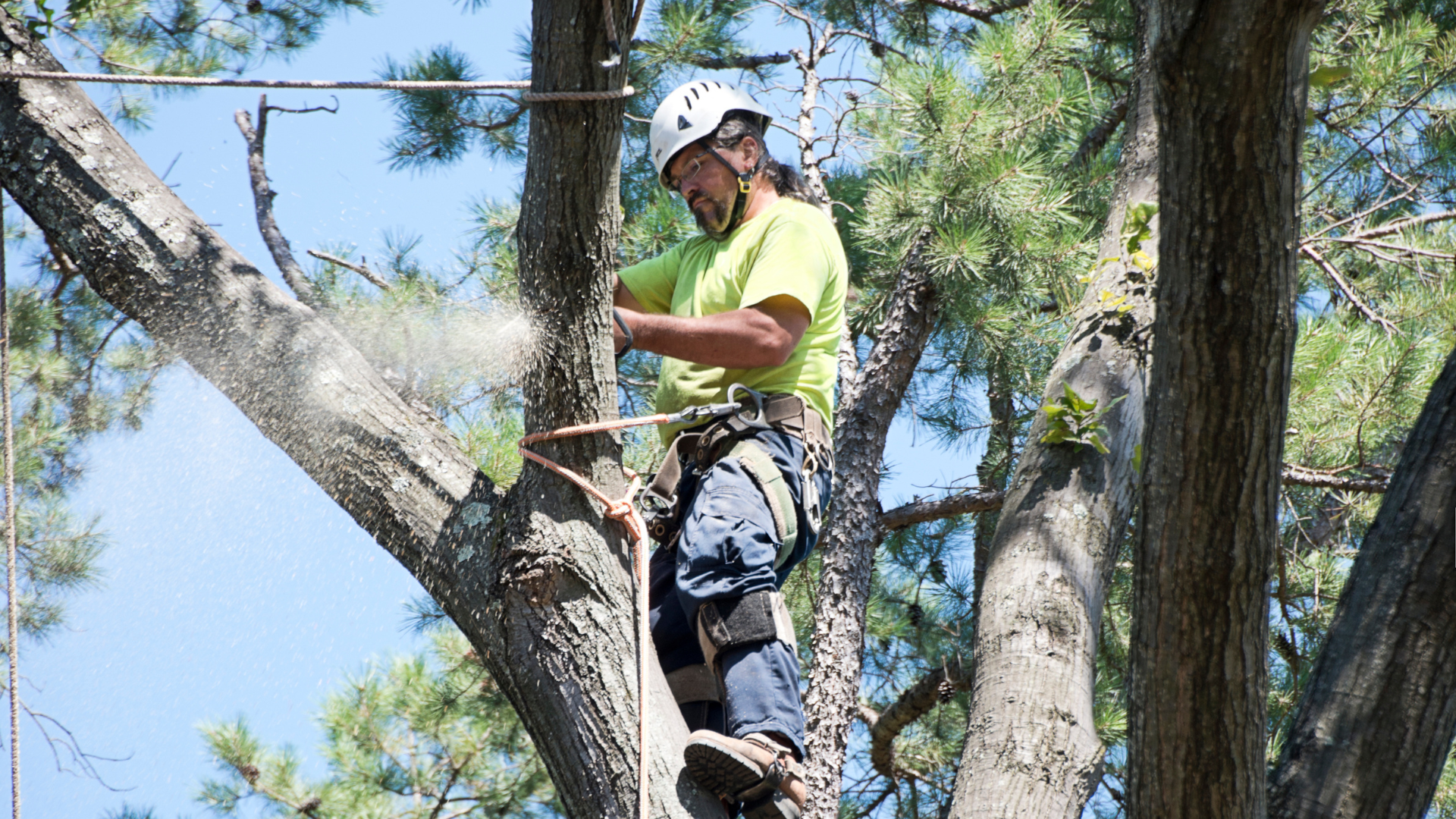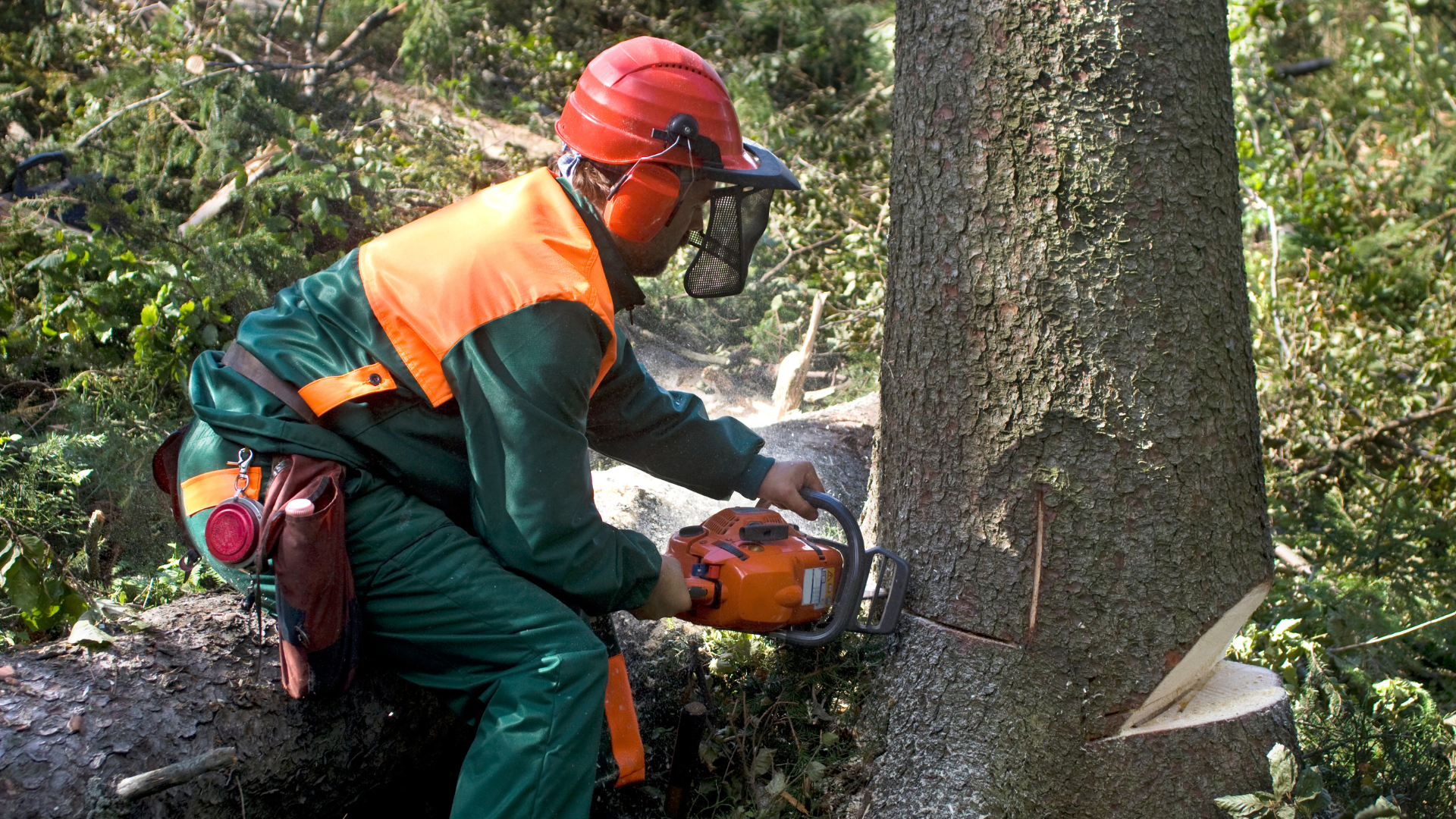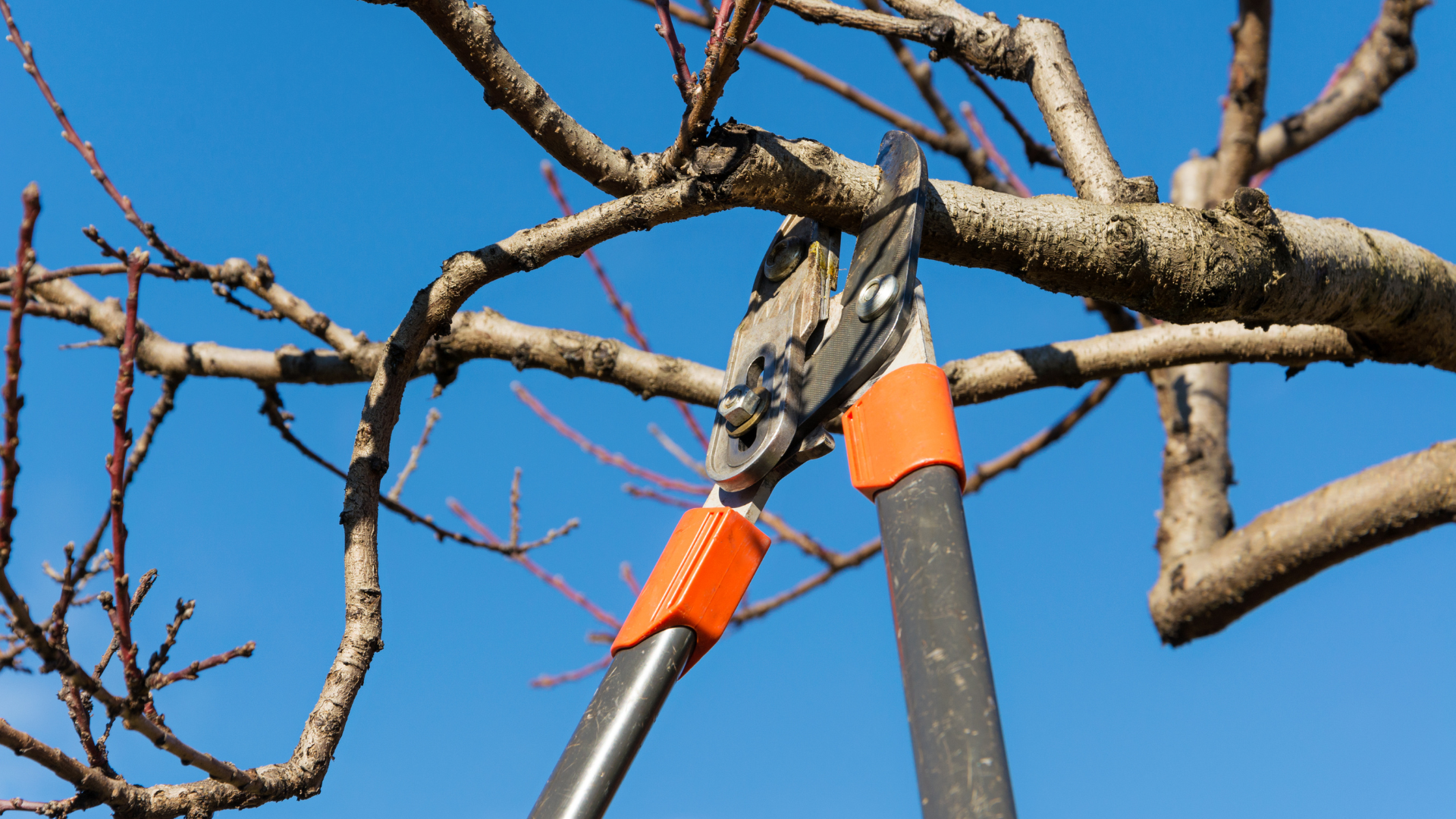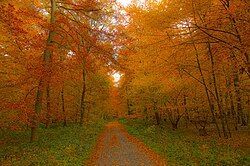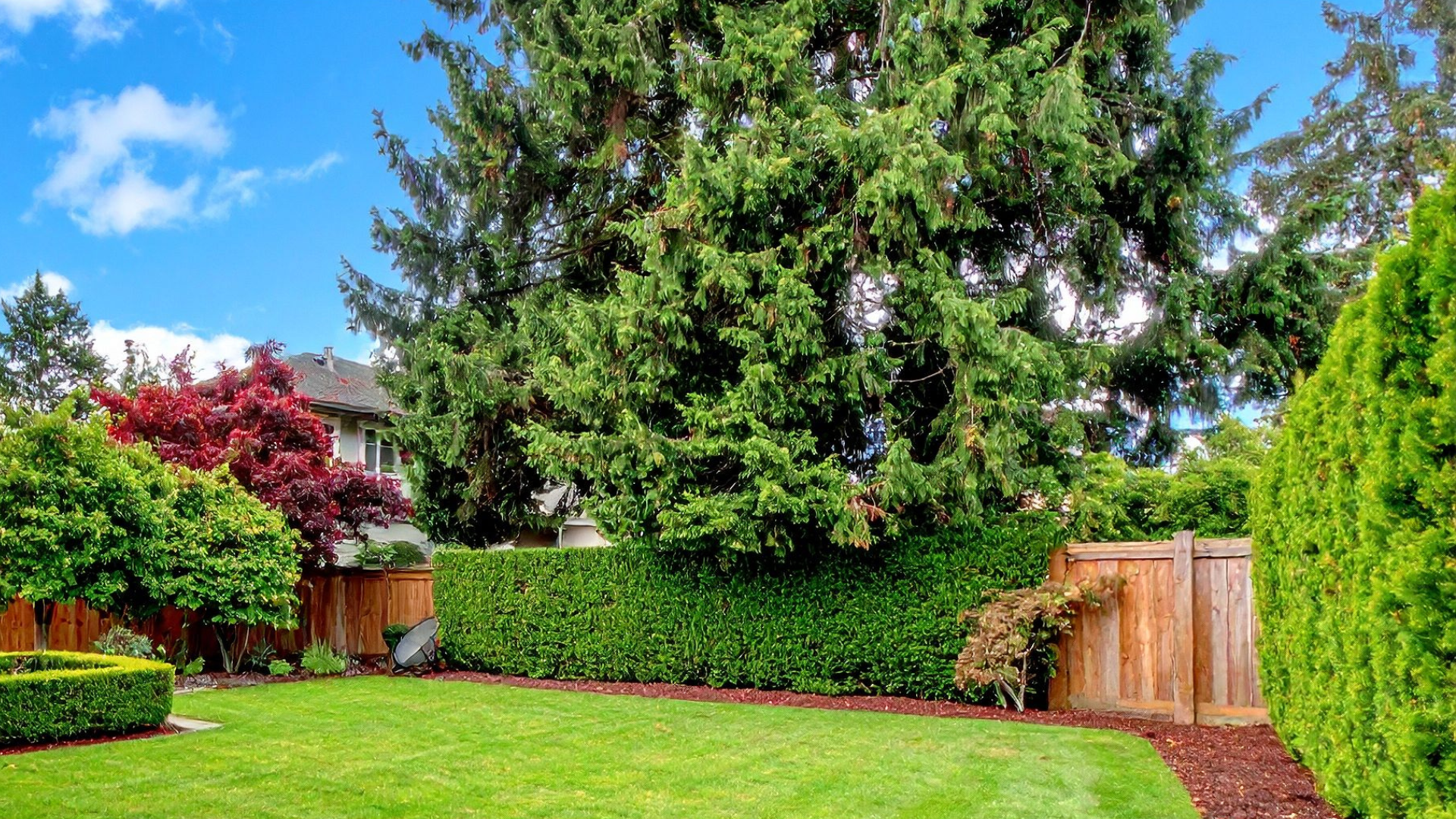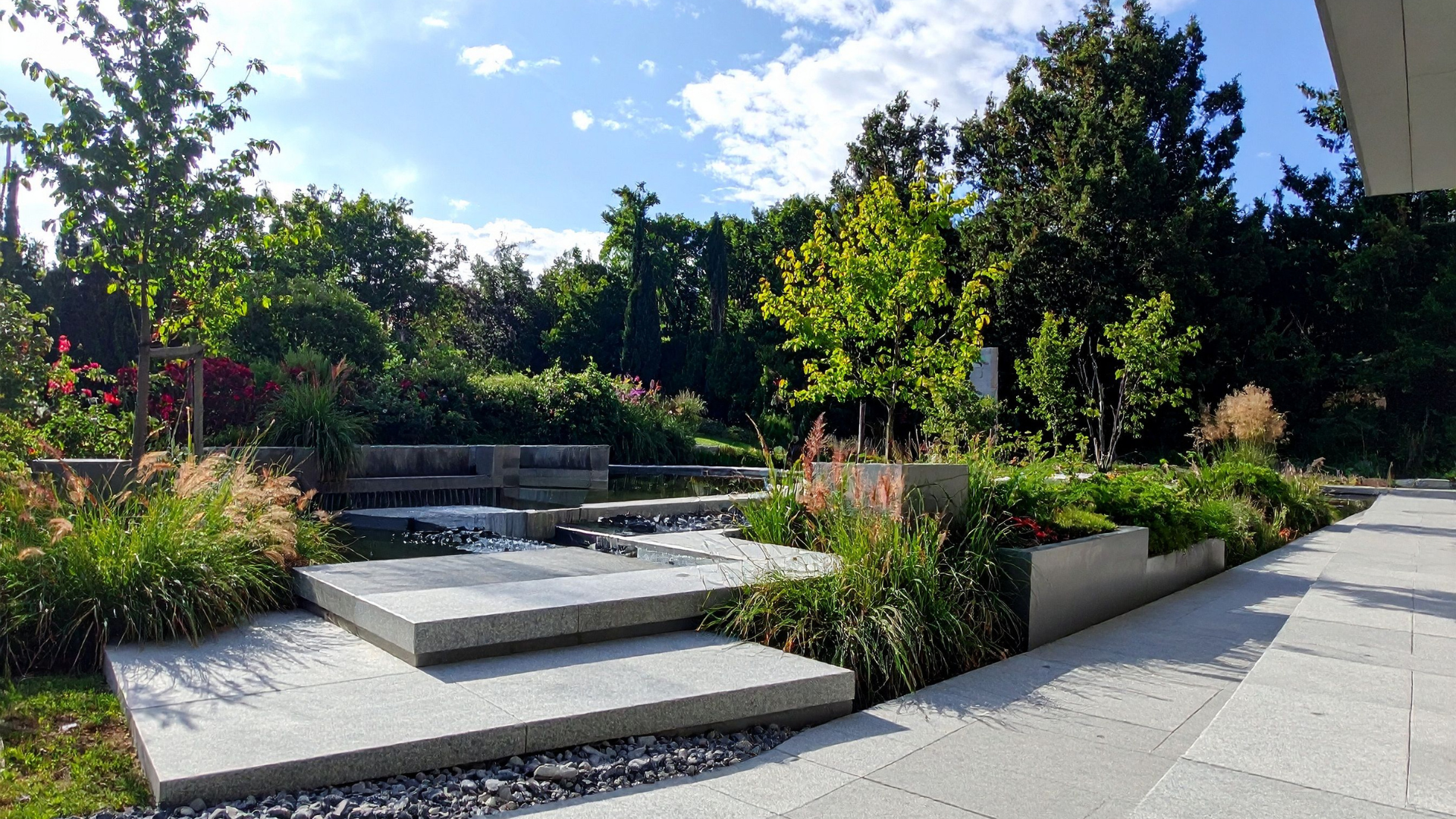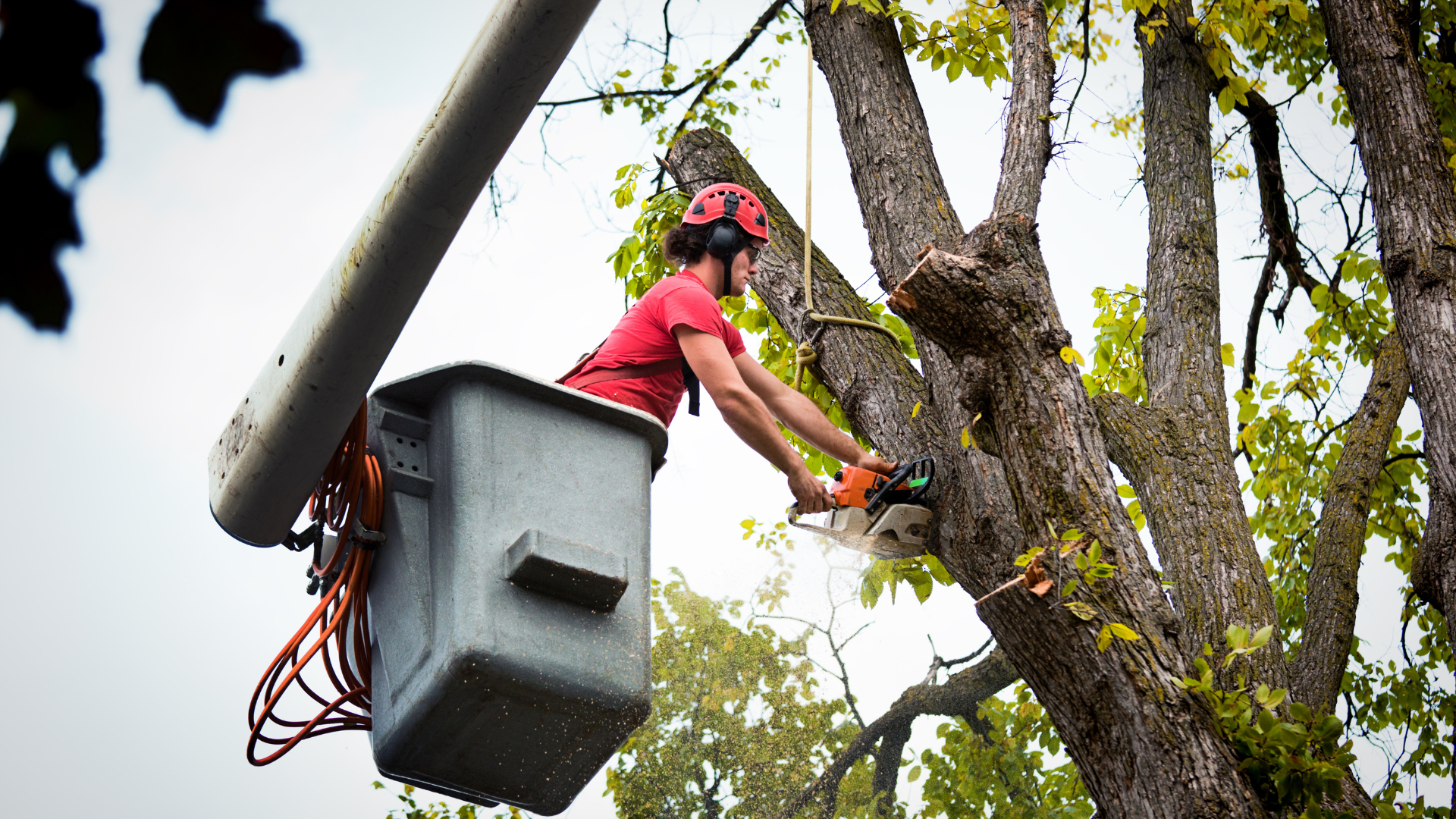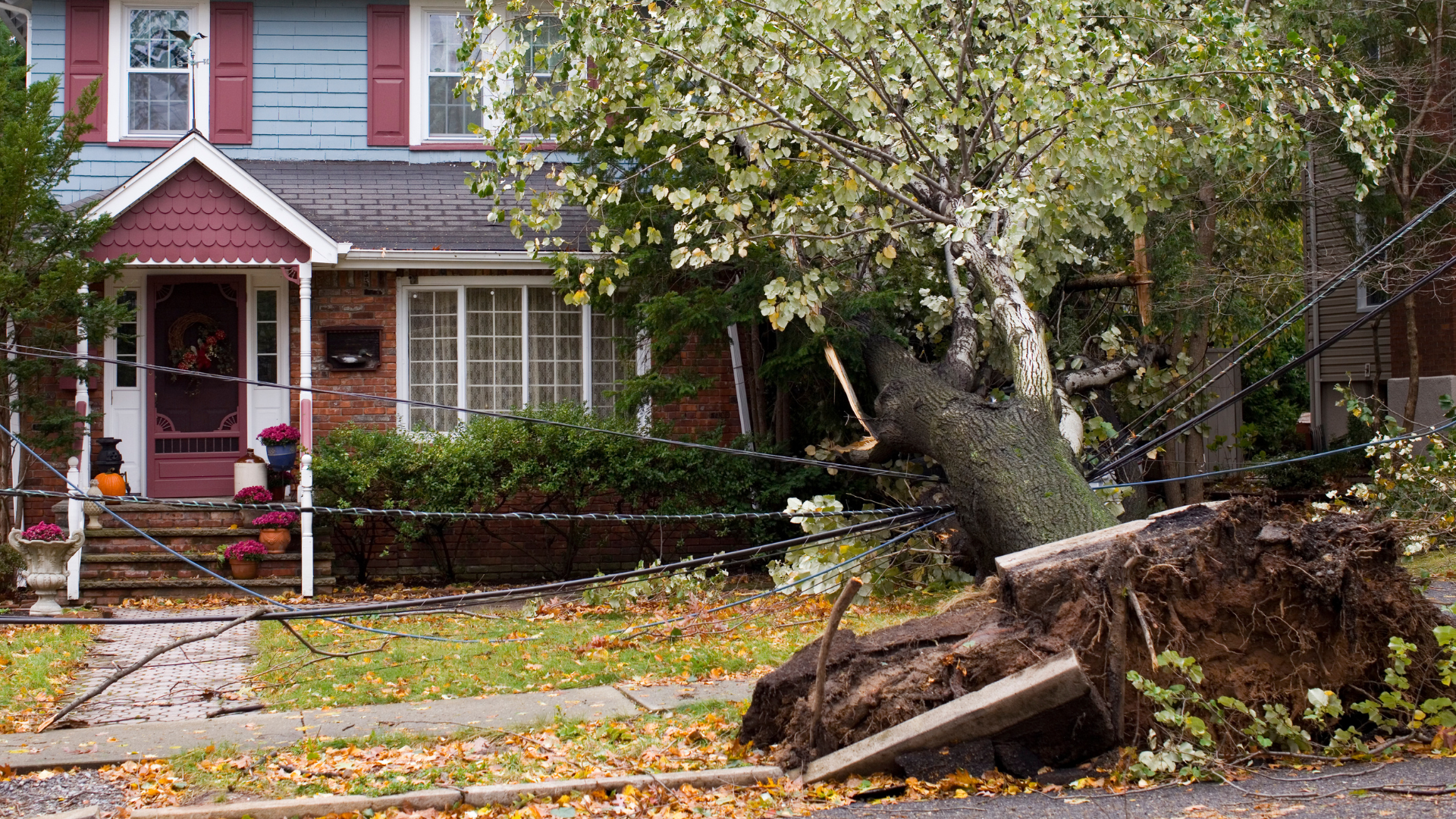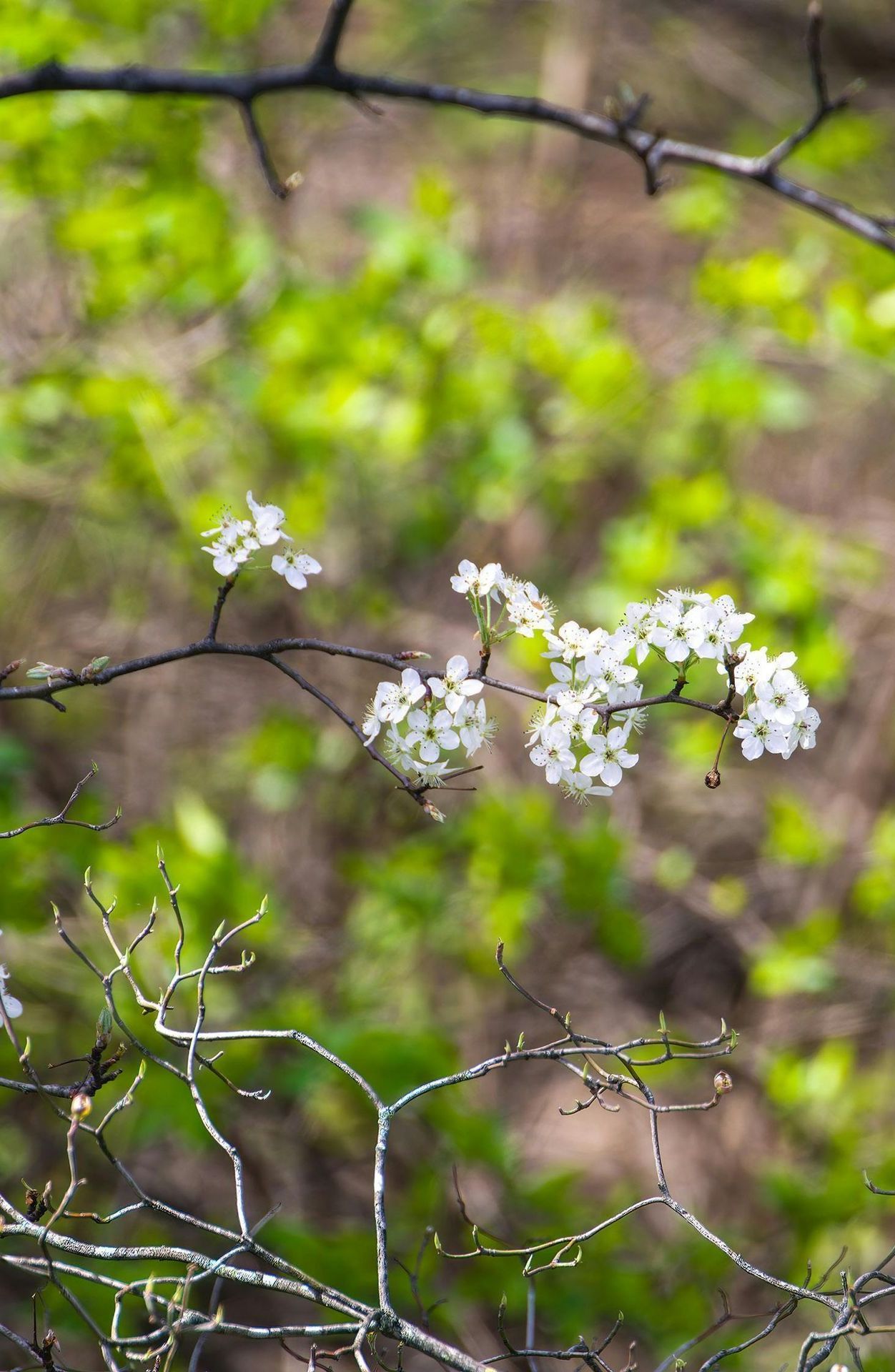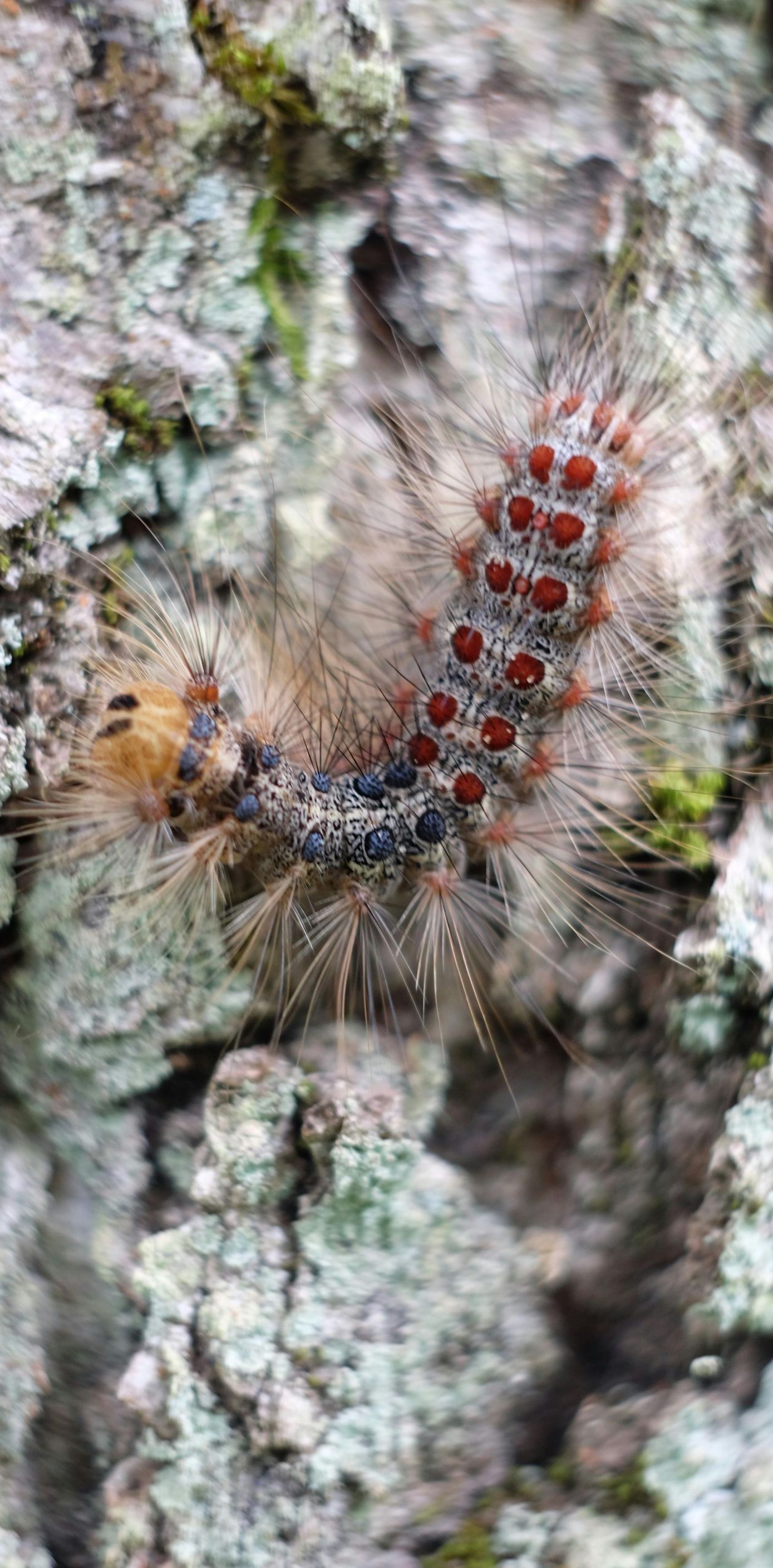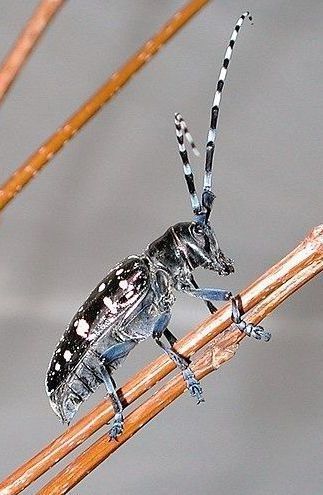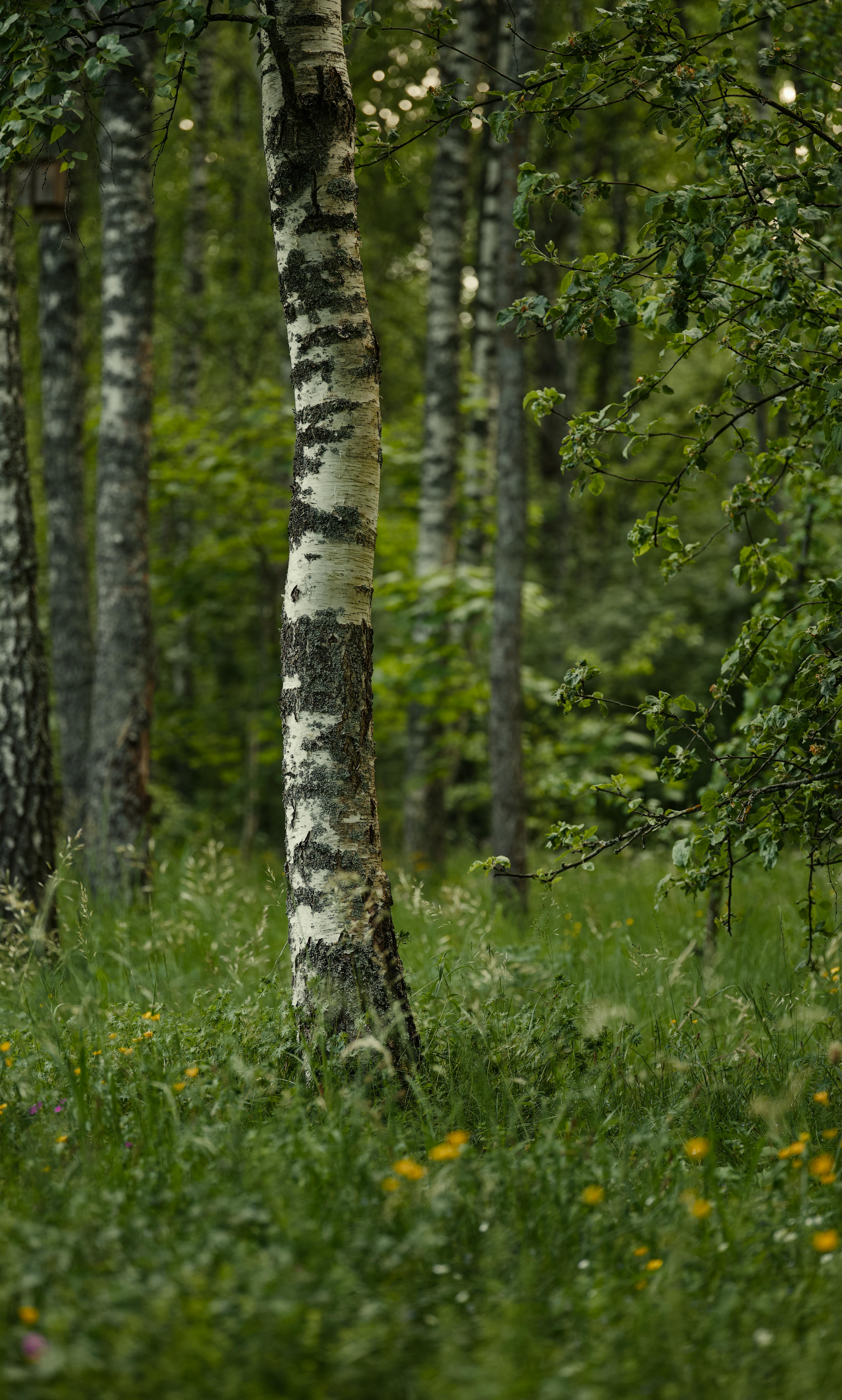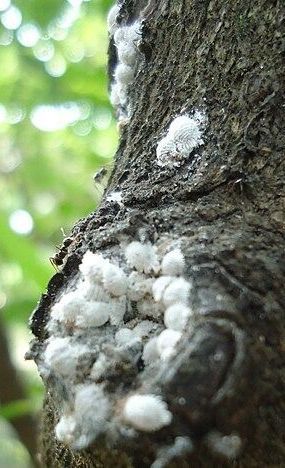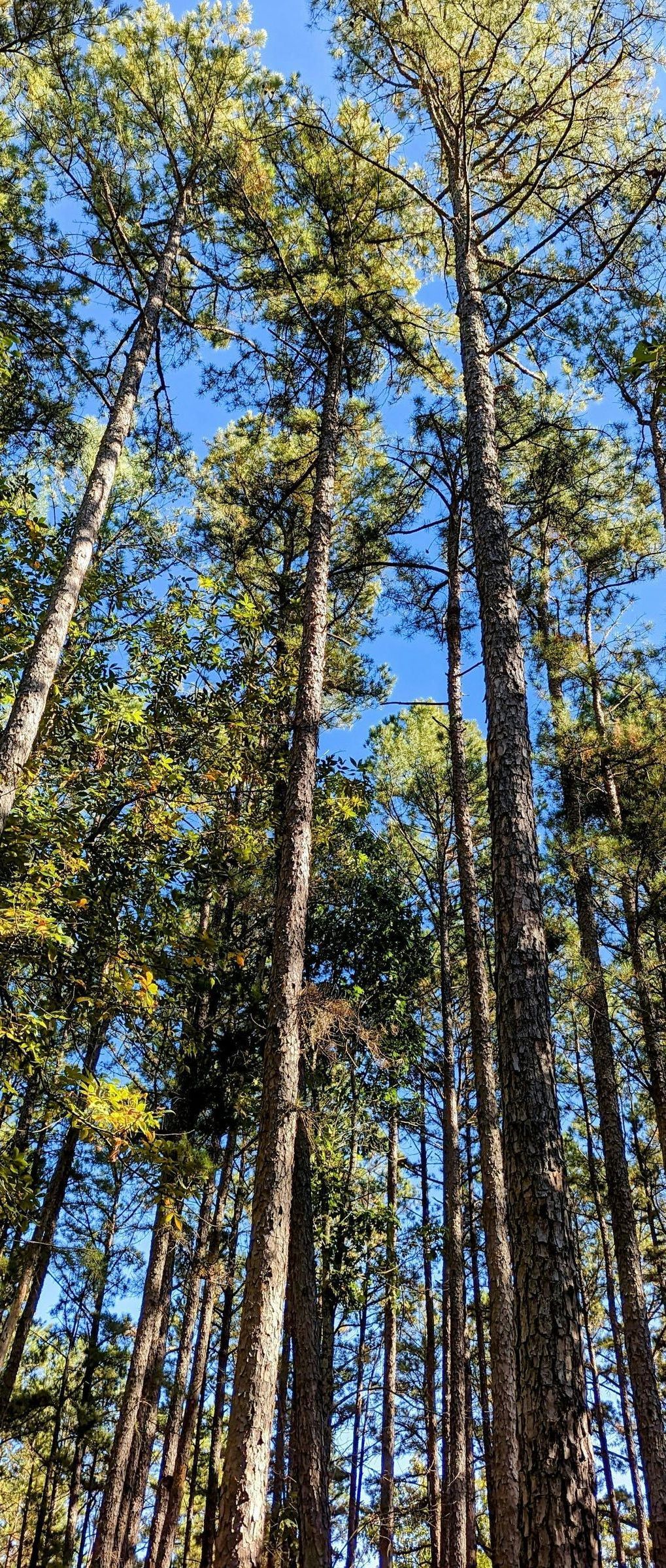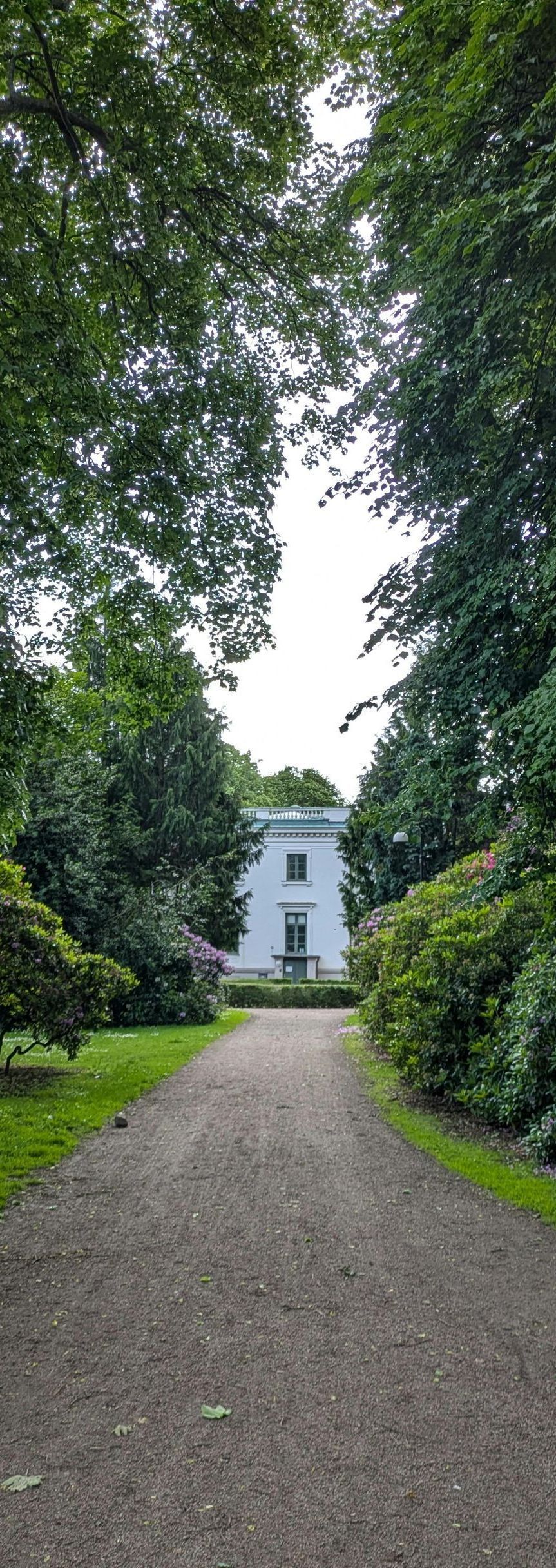Invasive Pests in the Midwest: What to Watch For and How Arborists Respond
Protect Your Trees Year-Round
Invasive tree pests pose a serious threat to the health, stability, and lifespan of the trees on your property. In the Midwest, these pests are not just a seasonal nuisance—they are a year-round concern that can lead to widespread damage if left unchecked. At Midwest Tree Surgeons, we specialize in identifying, treating, and preventing infestations before they become costly problems.
If you are a homeowner, land manager, or property developer in this region, understanding which pests are active—and how professional arborists respond—can help you take informed steps to protect your investment.
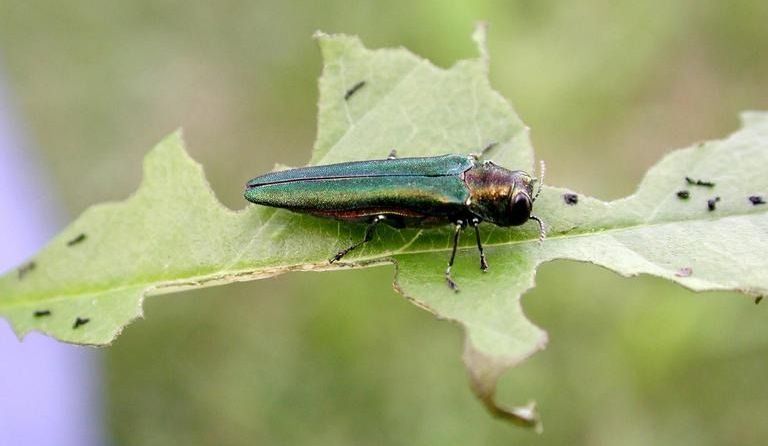
Why Invasive Pests Are a Serious Problem
Unlike native insects that have natural predators and balanced populations, invasive pests are non-native species that often spread rapidly and cause severe damage because local ecosystems lack the means to control them. These pests can:
- Compromise tree health
- Spread diseases
- Cause structural instability
- Lead to premature tree removal
- Impact surrounding plant life and biodiversity
Their impact is not always immediate. Some infestations progress silently, causing internal decay or weakening branches before visible signs appear.
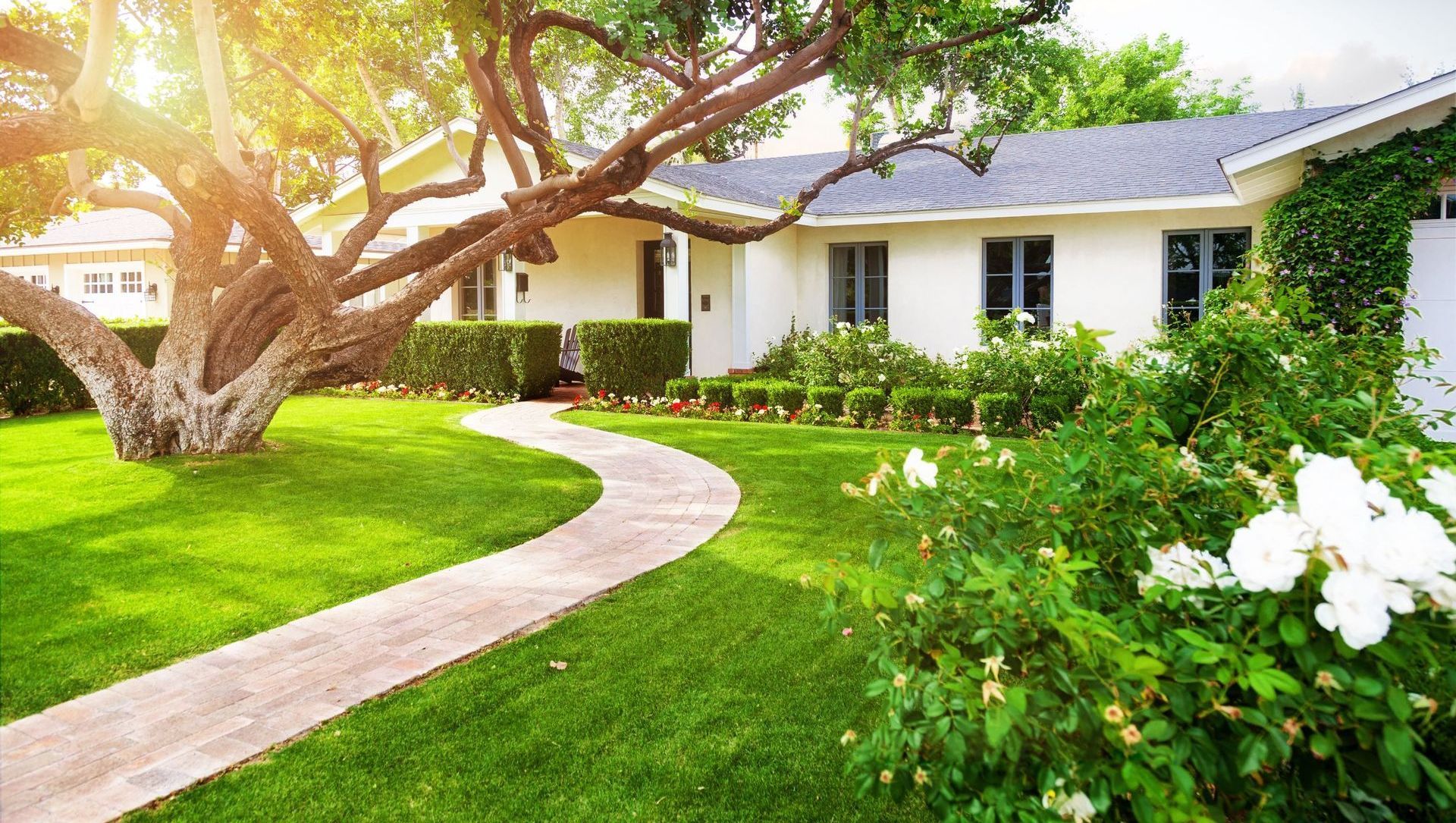
Common Invasive Pests in the Midwest
Originally from Asia, the emerald ash borer is one of the most destructive pests in North America. It targets all species of ash trees, boring into the trunk and cutting off the tree’s ability to transport water and nutrients.
Warning Signs:
- Canopy thinning
- D-shaped exit holes in bark
- Bark splitting
- Increased woodpecker activity
Without treatment, infested trees typically die within 2–4 years.
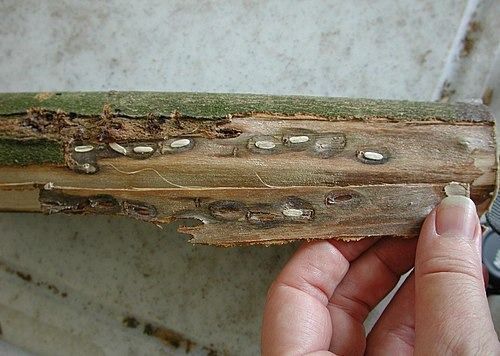
This beetle targets a wide range of hardwoods including maple, elm, willow, and poplar. The larvae tunnel deep into the wood, compromising structural integrity.
Warning Signs:
- Round exit holes
- Frass (sawdust-like material) at the base of the tree
- Dieback in the canopy
- Oozing sap from the trunk
This pest has the potential to devastate urban and rural forests alike.

While native to Europe and Asia, this pest has spread throughout the eastern and Midwestern United States. The larvae feed on the leaves of over 300 species of trees, including oak, birch, and aspen.
Warning Signs:
- Defoliation during spring and summer
- Egg masses on trunks or outdoor structures
- Caterpillars crawling on trunks and sidewalks
Repeated defoliation weakens trees and makes them vulnerable to secondary diseases.
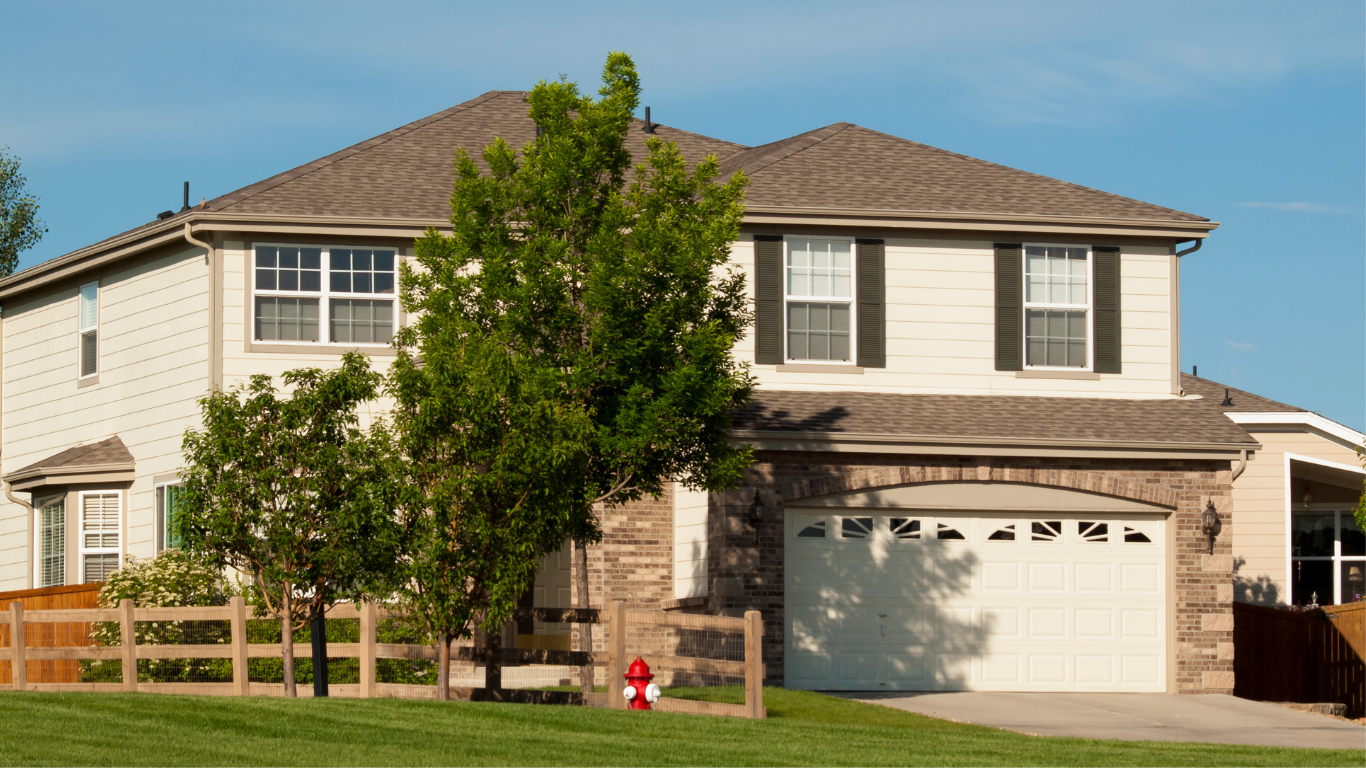
Scale insects affect a wide variety of tree species. They latch onto branches and stems, sucking out sap and weakening the host.
Warning Signs:
- Sticky residue (honeydew) on leaves or nearby surfaces
- Yellowing leaves
- Sooty mold development
- Visible bumps along branches and twigs
Scales are often overlooked because of their size but can spread rapidly and silently.
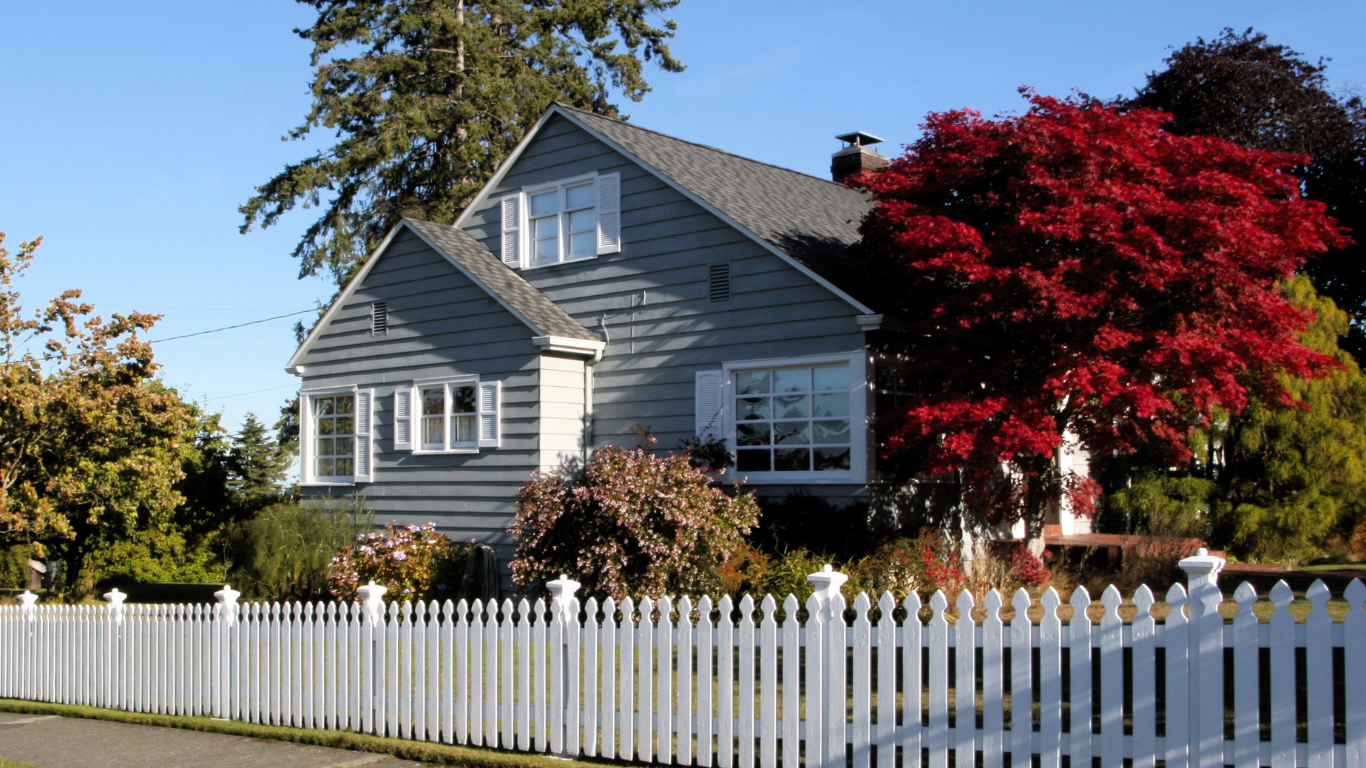
How Arborists Respond
At Midwest Tree Surgeons, we take a science-based approach to pest management, combining thorough diagnostics with targeted interventions.
1. Tree Health Assessments
Early detection is key. Certified arborists perform in-depth evaluations of canopy condition, bark texture, and insect activity. We often identify problems before a homeowner notices symptoms.
2. Preventive Treatments
For known threats like EAB, systemic insecticide treatments can be applied before infestation begins. Preventive care is especially important for high-value trees or trees in stressed environments.
3. Targeted Removal
In cases of severe infestation or irreversible damage, strategic removal may be necessary to prevent spread to surrounding trees.

4. Integrated Pest Management (IPM)
We use an IPM approach that combines cultural, biological, and chemical methods. This includes promoting tree health through proper pruning and soil care, encouraging beneficial insect predators, and using treatments only when needed.
5. Monitoring and Follow-Up
Ongoing care is essential. We work with property owners to monitor previously treated trees, track pest activity, and adjust strategies seasonally.
Stay Ahead of the Threat
Invasive pests are not going away. In fact, climate variability and international trade continue to introduce new threats to Midwest landscapes. Proactive care is not optional—it is the most cost-effective and environmentally responsible way to protect your trees.
If you suspect your trees are under attack or want to safeguard them before problems arise, Midwest Tree Surgeons is here to help. Our certified arborists are trained to identify, manage, and prevent infestations with precision and care.
